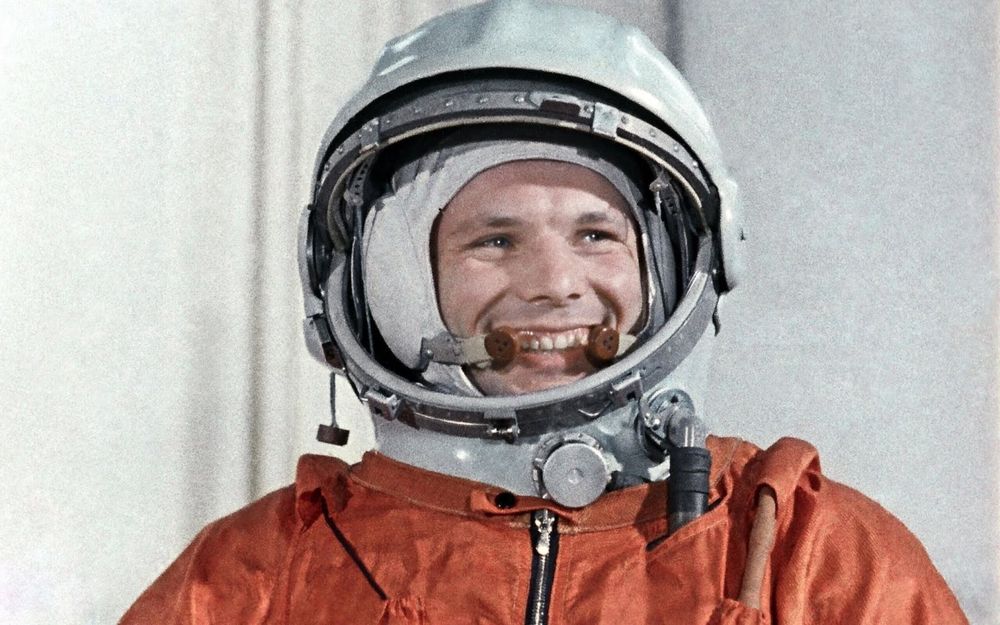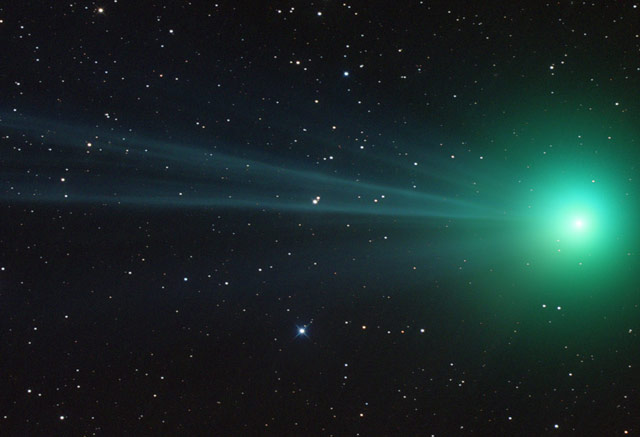Hello everybody!
Here's the latest article from the Astronomy site at BellaOnline.com.
Astrofest 2012
Astrofest 2012: "The Universe under one roof." We saw aurorae and learned about solar storms, dark matter and the beginning of the Universe. There were telescopes galore and an unusual demonstration of spectroscopy.
http://www.bellaonline.com/articles/art29108.asp
There are three big astronomical birthdays this week.
*Johan Dreyer (February 13, 1852 - September 14, 1926)*
Dreyer compiled the New General Catalogue of Nebulae and Clusters of Stars, known as the New General Catalogue. It's still in use, so you can see nebulae identified with an NGC number.
Although Dreyer was born and educated in Denmark, he did most of his astronomical work in Ireland. He began there as the assistant to Lord Rosse at Birr Castle – not the Lord Rosse who built the great telescope known as the Leviathan, but his son. Later he worked at the observatory of Dublin University and in 1882 he became the Director of Armagh Observatory, where he remained until he retired.
In addition to his work on nebulae, Dreyer was also interested in the work of his countryman Tycho Brahe. He wrote a biography of the great observer as well as editing 15 volumes of Tycho's work. The Royal Astronomical Society awarded Dreyer its Gold Medal in 1916 for the New General Catalogue and his historical researches.
Find out more about Tycho Brahe, who was one of the greatest astronomers of all time. A Danish nobleman with a metal nose, he was also a publisher, an alchemist and the Imperial Mathematician. His astronomical observations were the key to the modern view of the Solar System. http://www.bellaonline.com/articles/art28652.asp
*Galileo Galilei (15 February 1564 – 8 January 1642)*
Galileo was known for being one of the first to use a telescope to observe the heavens. He championed the Copernican view of a Sun-centered Solar System and also carried out research into the physics of motions. The Galilean moons are Jupiter's four largest moons.
*Nicolas Copernicus (19 February 1473 – 24 May 1543)*
Copernicus is called “the father of modern astronomy.” He was not the first to suggest a system in which the Sun was in the center of the Solar System, but he was the first to propose it based on an observational and mathematical foundation.
You can find out more about the man and his work in these two articles . . .
Copernicus – His Life
The day job of one reluctant revolutionary was canon of a cathedral. And the last resting place of the man who turned astronomy on its head, Nicolaus Copernicus, was unmarked. How did his student astronomy books help to identify his remains four and a half centuries later? http://www.bellaonline.com/articles/art40794.asp
Copernicus – the Revolution
In the 16th century everyone knew that Earth was the center of the cosmos. But this made it impossible to predict the motions of heavenly bodies, even if they moved in elaborate circles within circles. Copernicus turned the idea on its head and put the Sun at the center. A revolution had begun! http://www.bellaonline.com/articles/art5685.asp
I wish you clear skies. Please visit astronomy.bellaonline.com for even more great content about Astronomy.
To participate in online discussions, this site has a community forum all about Astronomy located here -http://forums.bellaonline.com/ubbthreads.php?ubb=postlist&Board=323
I hope to hear from you sometime soon, either in the forum or in response to this email message. I welcome your feedback!
Do pass this message along to family and friends who might also be interested. Remember it's free and without obligation.
Mona Evans,
Astronomy Editor BellaOnline
.
astronomy Newsletter








